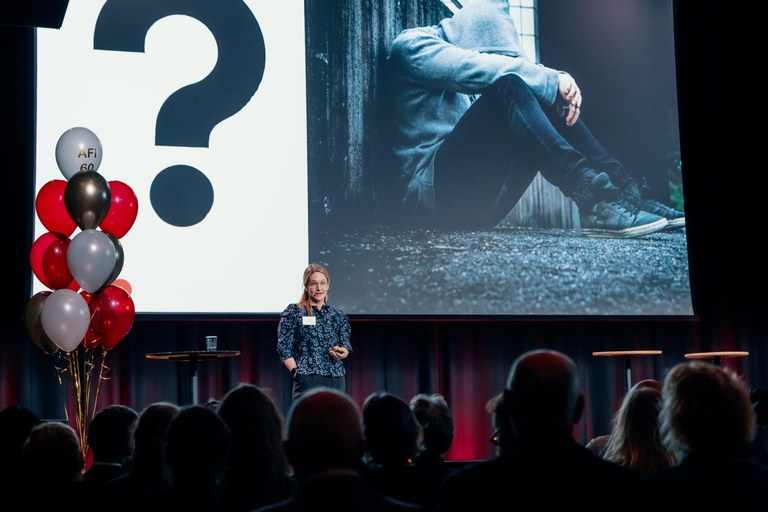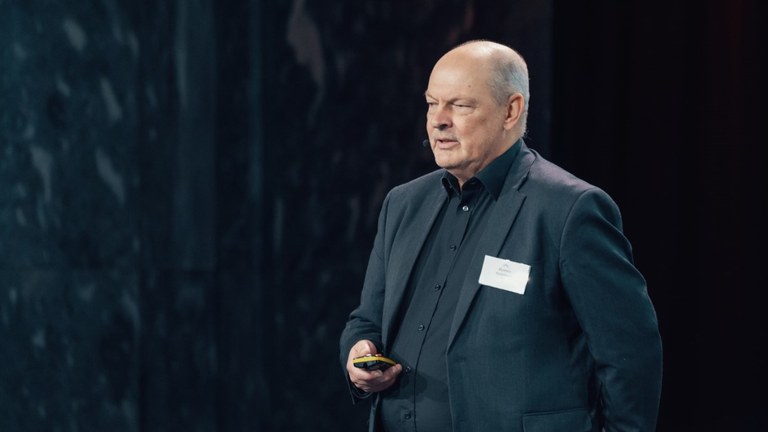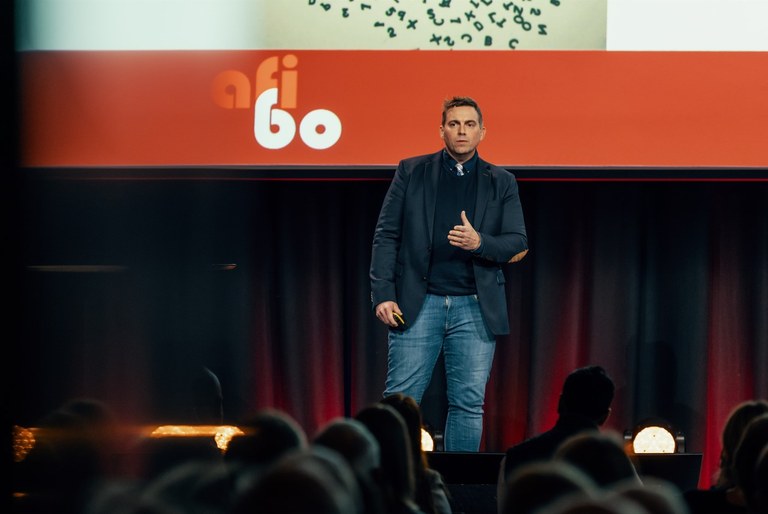AFI research: The sick leave debate needs readjusting
Norway has one of the highest sick leave levels in the world. So far, no remedies have proven effective. The debate about sick leave and social exclusion sometimes needs a bit of guidance to stop it from going off track, says AFI researchers.
Norway holds a top ranking that nobody is proud of: The country has one of the highest sick leave rates in the world, and consequently, the world’s highest costs related to sick leave and disability benefits.
This is a worry for the social partners – politicians, employers and trade unions. They are struggling to find the correct remedies.
Meanwhile, the social partners never get enough quiet time to think. Hardly a day goes by without some story about the high sick leave figures, how women suffer more from mental illness than men, socially excluded youths and expensive measures that do not work.
But researchers at the Work Research Institute (AFI) believe the narratives about sick leave, disability, and social exclusion sometimes need adjustments.
At AFI, several experts contribute facts and knowledge and also suggest remedies that might work.
The myth of socially excluded youths
AFI doctoral candidate Mari Amdahl Heglum believes it is not true that more young people are falling outside of the labour market. She has studied the pathways of young adults through education, work and welfare benefits from the ages 22 to 31.

The big question is whether the young adults are doing better or worse.
By comparing 20 complete birth cohorts, the analysis provides answers to how social exclusion has developed in Norway since the early 1990s until 2017. The results were published in two articles in the European Sociological Review.
The research shows a fall in the number of young adults who have been outside work and education over the past three decades. Amdahl Heglum points out that few experience prolonged social exclusion – just around 6 per cent of the youngest cohort that was part of her study.
“In other words, things have improved for many, but it is getting worse for those who actually do end up on the outside,” says Mari Amdahl Heglum.
She believes claims like “more and more young people are socially excluded” can contribute to the creation of a fear-driven image of young adults who are increasingly struggling, while the reality often is that many find their way back to work or education.
Young people in the Europe project
Norway is not alone in focusing on young people at risk of ending up outside of education and work. AFI researchers Aina Landsverk Hagen and Ingar Brattbakk have participated in a European project that looks at how young people can be included.
The project is called YouCount – about increased social inclusion of young people. Nine European countries participate, including Sweden, Hungary, Lithuania and Italy.
The researchers have listened to what the young people themselves have to say about their first job. For many it is a summer job, for others, it could be a part-time job while they go to school.
Together, young people, researchers and app developers have created an app. They have asked questions like: How do you feel socially included? How do you assess your chances of finding or creating a job?
“The good news is that young people down to the ages of 12 want to work. The challenge is to find a job,” says Aina Landsverk Hagen.
In the project, young people talk about the value of having a socially including job. They feel that they contribute to society, learn new things and are heard. They like to cooperate and feel part of a community.
Learning on the job
This is about getting more people, youngsters as well as adults, included into the labour market. But how do you do that?

Today, most people agree that workplace inclusion must happen in the workplace itself, according to Øystein Spjelkavik.
Øystein Spjelkavik has led several workplace inclusion projects and has worked closely with the Norwegian Labour and Welfare Administration NAV and employers to develop competencies in inclusion.
Vast sums of money have been spent over the years on different measures. None of them have hit the bulls-eye, according to Spjelkavik.
He provides a couple of examples:
For a while, the main idea was to help unemployed people while they were still outside of the labour market. The result was that the unemployed went from one training programme to another.
“We were meant to ready them for working life, but it became more of a career of interventions than a career in the labour market,” he says.
So something else had to be tried. Instead of trying to “fix people” the approach shifted to placing demands on employers. This also did not produce the desired effect, according to Spjelkavik.
Today, “Supported Employment” is an increasingly popular method for workplace inclusion and it has a lot of support in NAV.
Put very simply, if you want to achieve results workplace training must take place in the workplace.
This is no new method. As early as in 2011, Spjelkavik and AFI published a report on supported employment in Norway and the other Nordic countries.
A need for leaders
Hans Christoffer Aargaard Terjesen is an organisational and leadership researcher at AFI. He believes that leaders hold the key to reducing sick leave levels. The AFI researcher wonders why few, if anybody, talk about the role of the leader when it comes to sick leave.

Hans Christoffer Aargaard Terjesen calls for the involvement of leaders in efforts to reduce sick leave levels.
When Terjesen started his PhD, he looked high and low for literature on leadership and sick leave but found little. So he simply had to start doing that job himself. It turned into a PhD. His thesis is called "I get back with a little help from my boss".
Terjesen found that leaders who succeed in getting people back off sick leave, take the lead and show through words and action that they genuinely care about the employees.
But this is not something leaders have learned themselves. They do it despite the lack of theories on leadership and sick leave.
According to Terjesen, leaders have no literature to lean on. This is a knowledge gap that needs to be filled, he argues.
With his doctoral degree in hand, Terjesen has tried to initiate a political discussion on the topic. Before making changes to, for example, the sick pay system, the role of leaders must be considered, according to the AFI researcher. However, there has been no interest in the discussion among the social partners,
"It has been completely silent. No one wants to play, nor dance," he says.
 Follow us on Facebook
Follow us on Facebook
